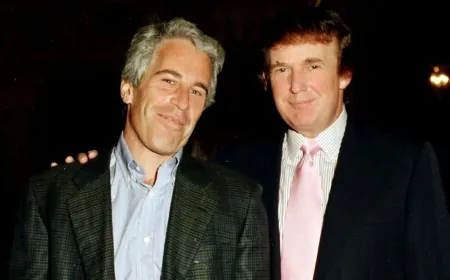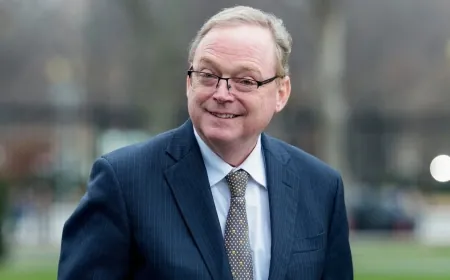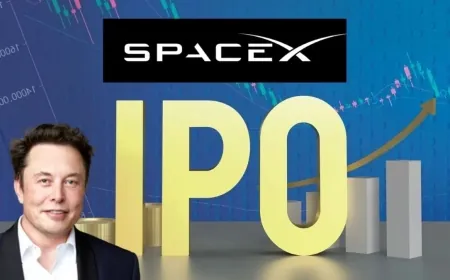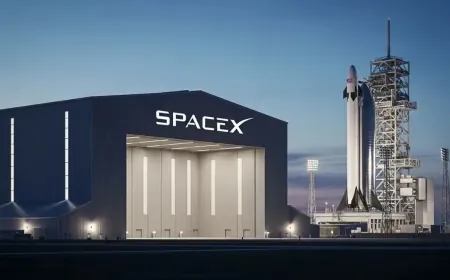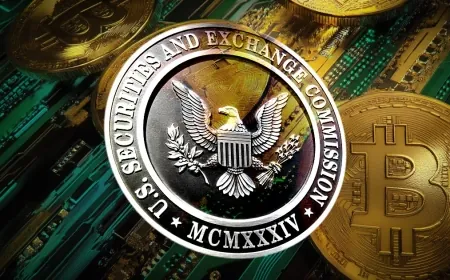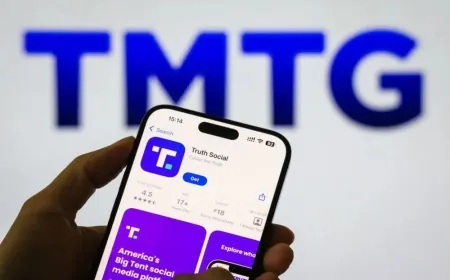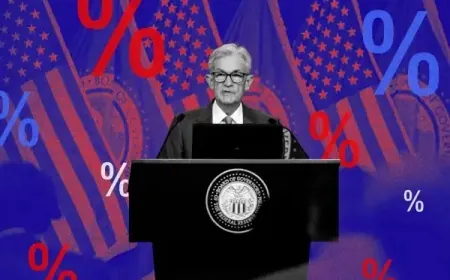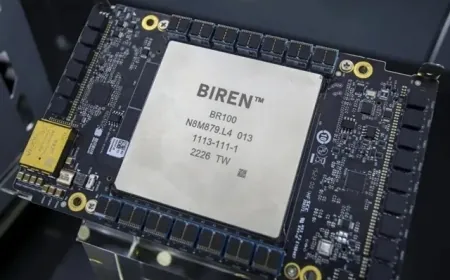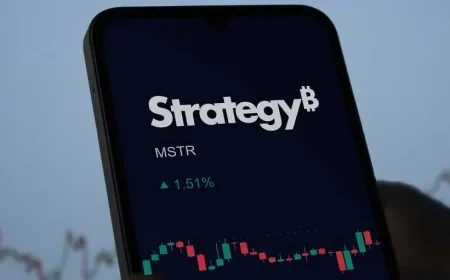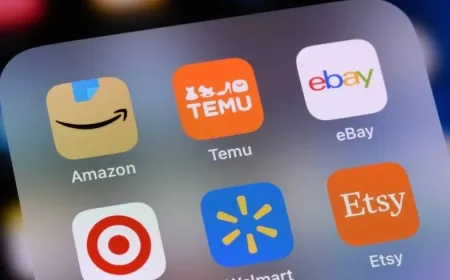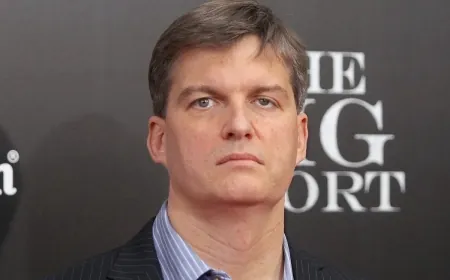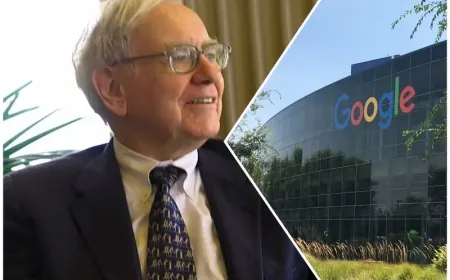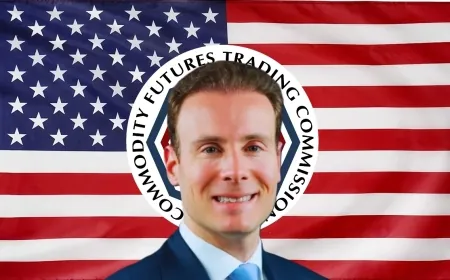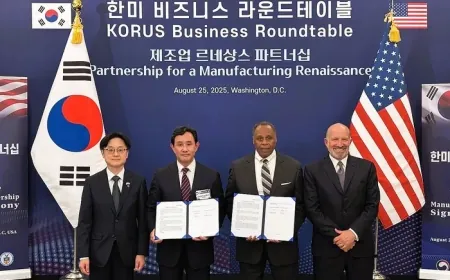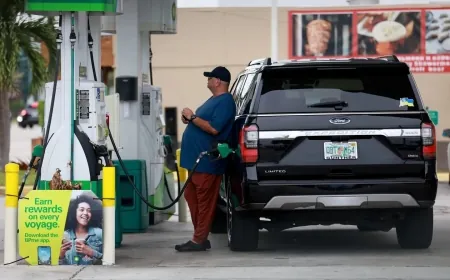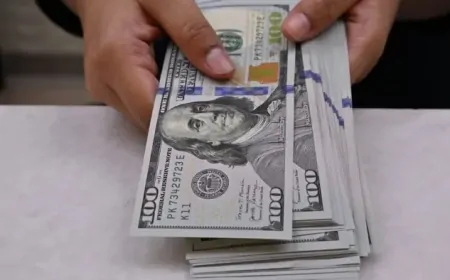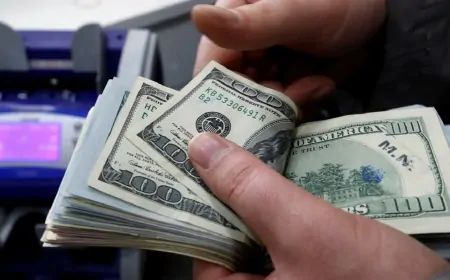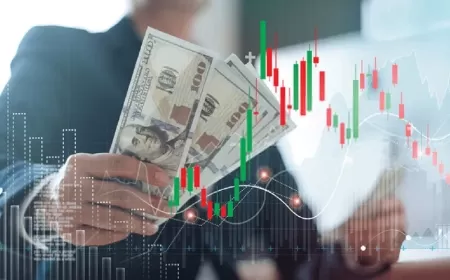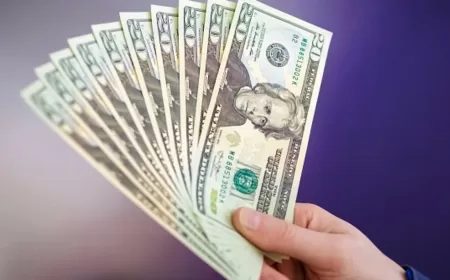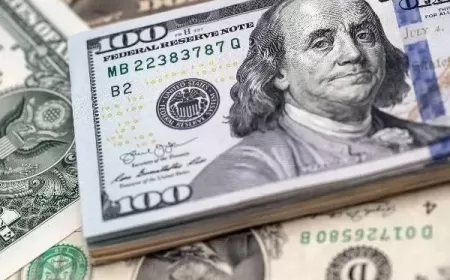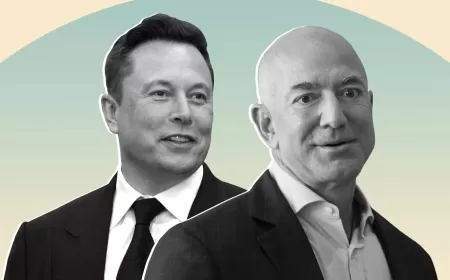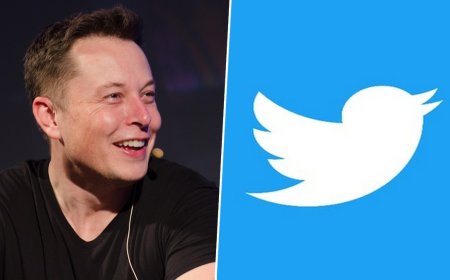Top U.S. and Chinese Officials Meet in Geneva to Ease Rising Tariff Tensions
Top U.S. and Chinese officials are meeting in Geneva to talk trade and tariffs. With businesses and global markets feeling the heat, many are hoping this leads to real progress.
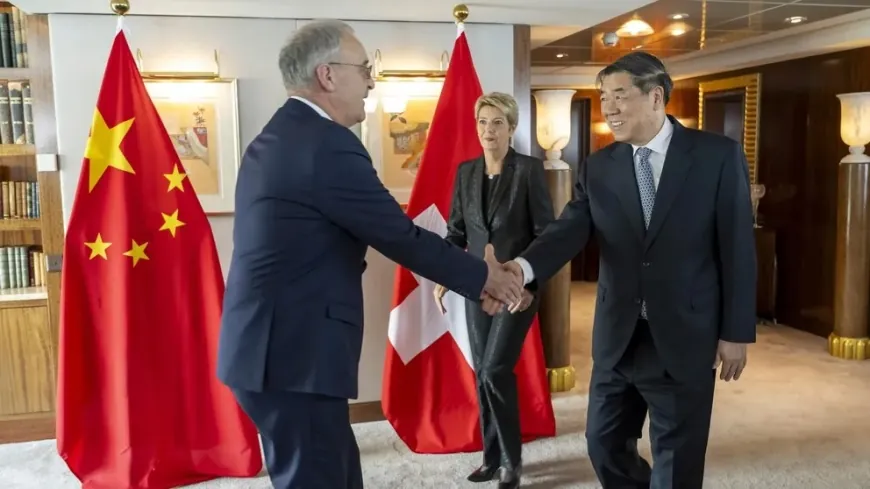
Senior U.S. and Chinese officials have arrived in Geneva for direct talks aimed at reducing escalating tariffs that are putting strain on global commerce. Treasury Secretary Scott Bessent and U.S. Trade Representative Jamieson Greer are holding meetings with Chinese Vice Premier He Lifeng. This is their first in-person conversation, and while a breakthrough is unlikely, both sides are under pressure to ease economic tensions.
Last month, the U.S. government raised tariffs on Chinese imports to a combined 145%. China responded with a 125% tariff on American goods. These levels have made trading between the two countries nearly unsustainable, disrupting the $660 billion trade relationship they maintained just a year ago.
President Donald Trump hinted in a recent Truth Social post that he’s open to adjusting tariffs, writing, “80% Tariff seems right! Up to Scott.” His comment leaves room for negotiation, though the direction remains unclear.
Deeper Disagreements on Technology and Trade Practices
The conflict goes far beyond taxes. At the heart of the dispute are longstanding U.S. complaints about China’s trade policies. These include forced technology transfers, state subsidies for Chinese tech firms, and lack of intellectual property protections.
During Trump’s first term, the U.S. imposed earlier rounds of tariffs to push back against practices seen as unfair in emerging fields like artificial intelligence, autonomous vehicles, and quantum computing.
A limited agreement, known as the Phase One deal, was signed in early 2020. China pledged to purchase more American goods, and the U.S. paused additional tariffs. But many core disagreements were left unresolved. COVID-19’s global disruption made it even harder for China to meet its purchase commitments.
National Security and Drug Policy Play a Role
One of the recent tariff hikes specifically targets Chinese inaction on the synthetic opioid fentanyl, which has been a major contributor to the U.S. overdose crisis. Trump’s administration added a 20% charge in response, on top of the other tariffs related to technology and trade disputes.
The administration also continues to express concern over the U.S. trade deficit with China, which reached $263 billion last year.
U.S.-Swiss Trade Faces New Tensions
While in Geneva, U.S. officials are also meeting with Swiss President Karin Keller-Sutter. Trade between Switzerland and the U.S. has quadrupled over the past two decades, but tensions are rising.
Trump had announced a steep 31% tariff on Swiss imports but reduced it to 10% for the time being. Swiss officials are cautious but have not introduced retaliatory tariffs. They’ve warned, however, that higher U.S. duties could hurt Swiss industries such as watchmaking, specialty foods, and precision manufacturing.
Since last year, Switzerland removed all industrial tariffs, allowing nearly all U.S. goods to enter duty-free. The U.S. remains Switzerland’s second-largest trade partner after the European Union.
Early Steps Toward De-escalation
Although expectations for the Geneva meeting are low, any agreement to lower tariffs would signal movement in a conflict that has dragged on for years. Even modest progress could ease pressure on businesses and global supply chains heavily reliant on U.S.-China trade.
Also Read: EU Plans $113B in Tariffs on US Exports if Trade Talks Fail
